Description
What is Internal Flexible PCB Adhesive Antenna Wifi 2.4G?
This Internal Flexible PCB Adhesive Antenna Wifi 2.4G CTRF-ANTENNA-FPC-2450-4017-IPEX antenna item is the 2.4Ghz Internal antenna Built-in antenna Flexible PCB Adhesive Antenna that comes with a 40x17mm flex PCB trace board size, a 5dBi gain, IPX IPEX Connector antenna, Omni dipole design Antenna.
This high-gain FPC (flexible PCB) antenna is designed for IoT M2M devices that operate in the 2.4GHz 2400-2500 MHz WiFi band.
C&T RF Antennas Inc is the internal antenna Flexible PCB Antenna manufacturer in Dongguan China, we provide Flexible PCB Antennas with multi-frequency bands.
C&T RF Antennas Inc provides internal & external antennas with antenna radio frequencies such as NFC, 169MHz, 230MHz, 315MHz, 433MHz, 868MHz, 915MHz, VHF&UHF, Lora, NB-IoT, ADS-B, GSM, GNSS, GPRS, 1.2 GHz, 1.4 GHz, 1.8 GHz, Wi-Fi 2.4 GHz, 5.8 GHz, Cellular 2G, 3G, 3.5 GHz, 4G LTE, GPS, 5G NR, 6G, etc.
C&T RF Antennas Inc. provides RF antennae with Omni & Directional antenna types such as Dipole Antennas, Whip Antennas, Marine Antennas, Router Antennas, MIMO Antennas, Combo Antennas, PCB Antennas, FPC Antennas, Spring Antennas, Magnetic Antennas, Sector Antennas, Yagi Antennas, and Accessories, etc, for IoT & M2M industries.
Contact us for more details on the Internal Flexible PCB Adhesive Antenna Wifi 2.4G such as Flexible PCB Antenna Wifi 2.4G datasheet, Flexible PCB Antenna Wifi 2.4G pricing, and Flexible PCB Antenna Wifi 2.4G inventory.
Or other Antenna Wifi 2.4G styles.
Ipex Antenna Flex PCB Antenna Wifi 2.4G Specifications:
FPCB Antenna Wifi 2.4G Electrical Specifications |
|
| RF Antenna Type | Embedded FPC Antenna |
| Model | CTRF-ANTENNA-FPC-2450-4017-IPEX |
| Frequency | 2400-2500 MHz |
| Gain | 5dBi |
| VSWR | ≤2.0 |
| Impedance | 50 Ω |
| Polarization | Vertical Polarization |
| Cable Type | RG1.13 |
| Connector | U.FL/IPEX |
| Cable Length | 100mm |
| Lightning Protection | DC-Ground |
FPCB Antenna Wifi 2.4G Mechanical Specifications |
|
| FPC Board Dimension | 40*17mm |
| Weight | Approx. 2g |
| Material | FPCB + RG Cable + U.FL connector |
| Operation Temperature | -40˚C ~ +65˚C |
| Storage Temperature | -40˚C ~ +70˚C |
| Color | Black |
| Antenna Design | Dipole Antenna |
| Mounting | Connector/Sticker |
| Safety Emission and other | RoHS Compliant |
| Applications | ISM/SCADA/Utilities, IoT/M2M, Wi-Fi/Bluetooth/Zigbee/Sigfox, etc. |
Antenna Wifi 2.4G Flexible Antenna Features

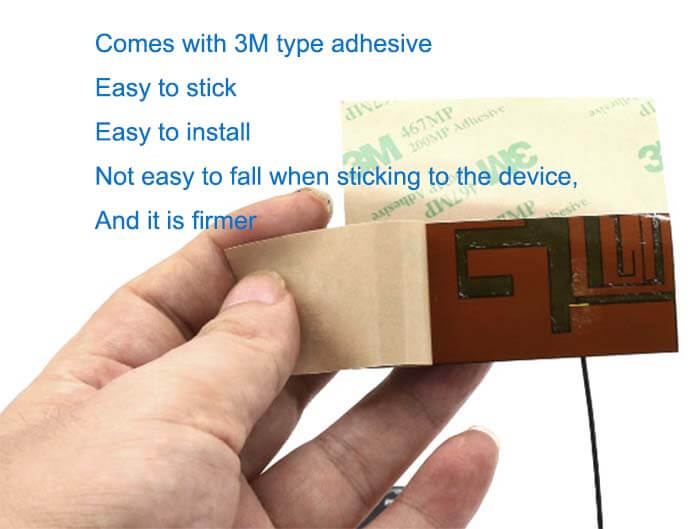
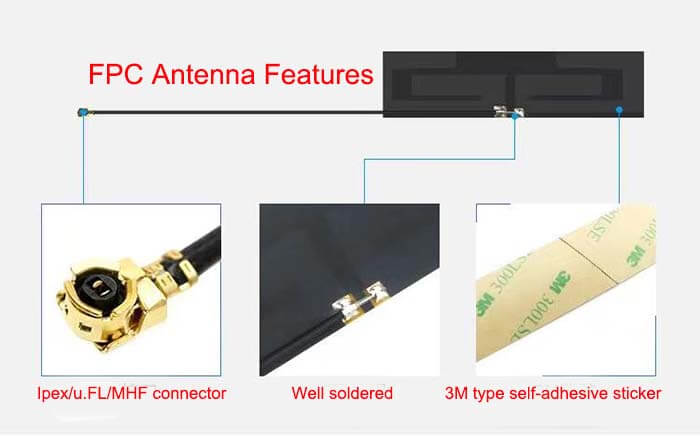
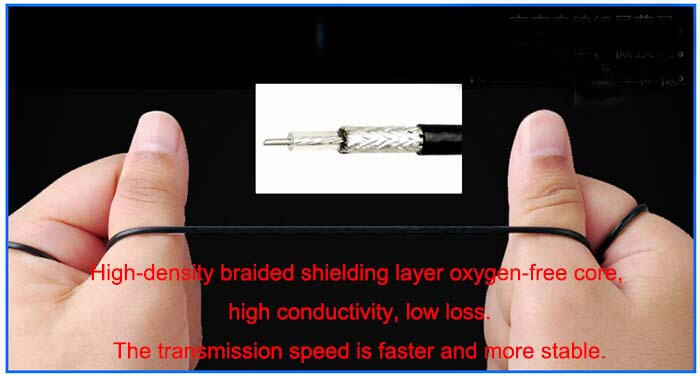

Antenna Wifi 2.4G Applications
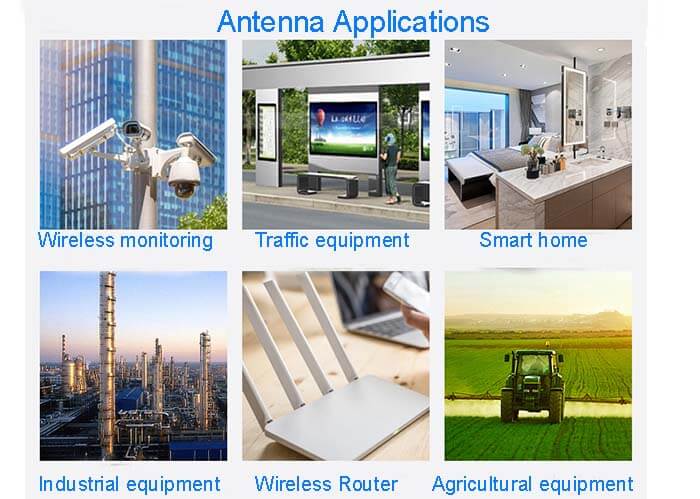
When to use the built-in antenna?
The Internet of Things and smart hardware products require an antenna to transmit data online. The smaller space and the more frequency bands, the more complex the antenna design.
External antennas are generally standard products, buy a suitable frequency band, no need to debug, plug, and play. For example, express cabinets, vending machines, etc., generally use magnetic external antennas, which can be attached to the iron shell.
These antennas cannot be placed in a tin cabinet. Metal will shield the antenna signal, so it can only be placed outside. The advantage is that it is easy to use and cheap, but the disadvantage is that it cannot be used on small-sized products.
The length of the antenna is about 1/4 of the electromagnetic wave wavelength, so the lower the signal frequency, the longer the antenna length.
Therefore, FM radios around 100MHz need a long pole antenna, and walkie-talkies around 400MHz also need an external long pole antenna. The 433MHz wireless serial port commonly used in the Internet of Things usually uses an external antenna.
Antennas made shorter, such as 1/8 wavelength or 1/16 wavelength, can also be used, but the efficiency will decrease.
Some devices will use a short antenna + LNA method, which can also achieve the reception effect of a long antenna.
However, the short antenna needs to increase the transmission power to achieve the transmission effect of the long antenna.
Therefore, walkie-talkies need to transmit signals, which are all long external antennas, while FM radios only receive but do not transmit, and have a built-in receiving antenna.
For example, 2G (900MHz), 4G (700-2600MHz), WIFI and Bluetooth (2.4GHz), and GPS (1.5GHz), these commonly used Internet of Things communication methods that can be used as built-in antennas.
For small-sized products such as handhelds, wearable designs, and smart homes, external antennas are rarely used, and internal antennas are commonly used. With high integration, product appearance is more beautiful, performance is slightly weaker than the external antenna.

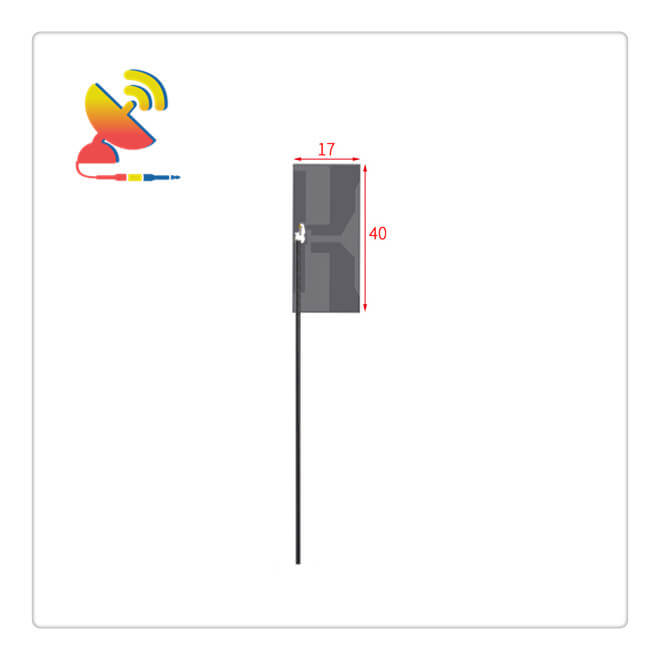

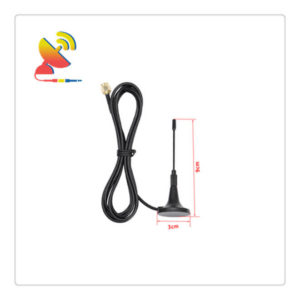
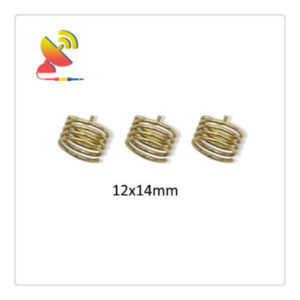
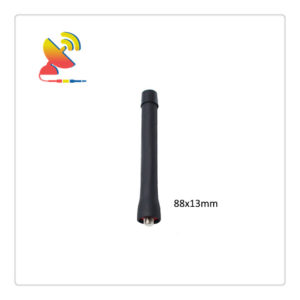
Reviews
There are no reviews yet.